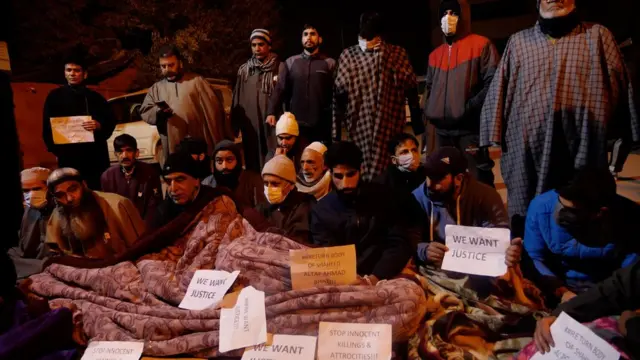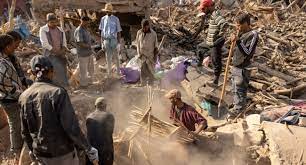Horror in the Hills: Kashmir Tourist Massacre Shatters Fragile Peace

In one of the bloodiest civilian attacks the region has seen in years, gunmen opened fire on unsuspecting tourists in Jammu and Kashmir’s Anantnag district on Tuesday, killing at least 26 and injuring many more in a chilling assault that has sent shockwaves through the conflict-worn Himalayan territory.
The attack took place in the Baisaran Valley near Pahalgam—a pristine, car-free stretch of rolling meadows and forest trails, often described as “mini-Switzerland” for its breathtaking alpine beauty. This haven, known for pony treks and mountain serenity, was suddenly transformed into a scene of terror when armed assailants emerged and began firing at close range on families and visitors.
According to Kashmir’s Inspector General of Police, V.K. Birdi, most of the victims were domestic tourists. Among the dead was a Nepali national and a visitor of Indian origin employed in the Middle East. Survivors described the chaos as a bloodbath in paradise.
“My husband was shot in the head. Seven others were injured right next to me,” one woman told India’s Press Trust, her voice reportedly shaking as she recounted the ambush.
Another survivor, Asavari Jagdale, visiting from Pune, recalled the nightmare of armed militants barging into their tent. The attackers, she said, accused her family of supporting Indian Prime Minister Narendra Modi before opening fire on her father and other male relatives.
Local pony handler Abdul Waheed and his colleagues from the nearby trekking community rushed into the danger zone to carry the wounded back down the mountain. “There were screams, cries for help, blood everywhere. I saw children and women lying motionless,” he told CNN. “We used whatever we could—blankets, wooden planks—to make stretchers. None of us slept that night.”
Responsibility for the attack was claimed online by a shadowy group calling itself The Resistance Front, which framed the violence as a response to what it called “demographic aggression” from non-local settlers. Authorities have not confirmed the legitimacy of the claim and say the investigation is ongoing.
The massacre breaks a longstanding, if unofficial, rule in Kashmir’s decades-long insurgency: that tourists would not be targeted. The local economy, particularly in the Valley, is heavily dependent on seasonal tourism, and militants had largely refrained from threatening it. Analysts fear this attack may signal a dangerous shift.
“There has been a tacit understanding for years that tourism was off-limits—a neutral space,” said Ajai Sahni, a counterterrorism expert. “If that convention is truly breaking down, the consequences for Kashmir’s stability could be profound.”
By Tuesday night, a wave of grief and fury swept across the region. Candlelight vigils were held in towns and villages. Protesters called for an end to terrorism and demanded accountability from the government, with some signs urging the resignation of Home Minister Amit Shah.
Simultaneously, tourists began fleeing the region in panic, prompting airlines to schedule emergency flights out of Srinagar.
As Kashmir’s mountains stood cloaked in silence the next morning, its people were left to grapple with an old wound reopened in a new and brutal way—raising an unsettling question: If even the valleys of peace are no longer safe, what hope remains for a return to normalcy?





